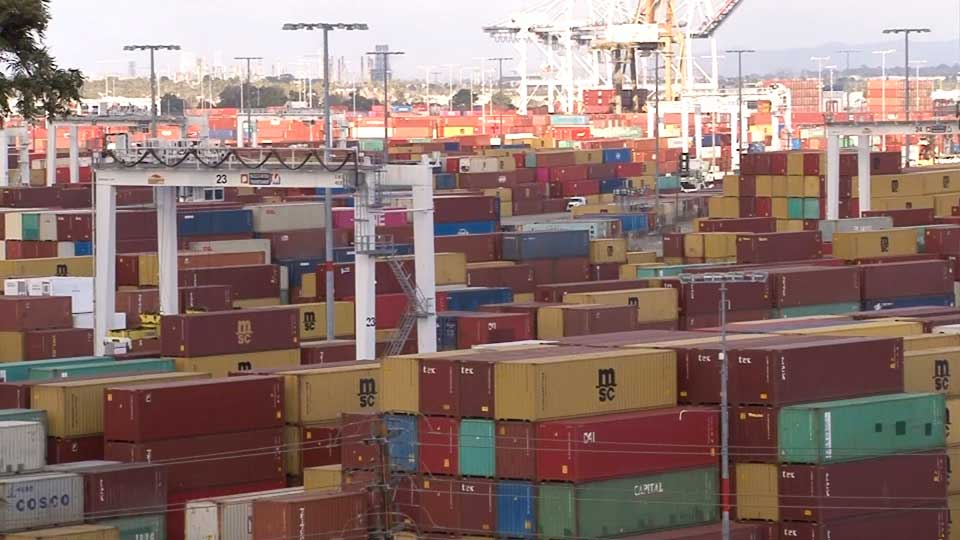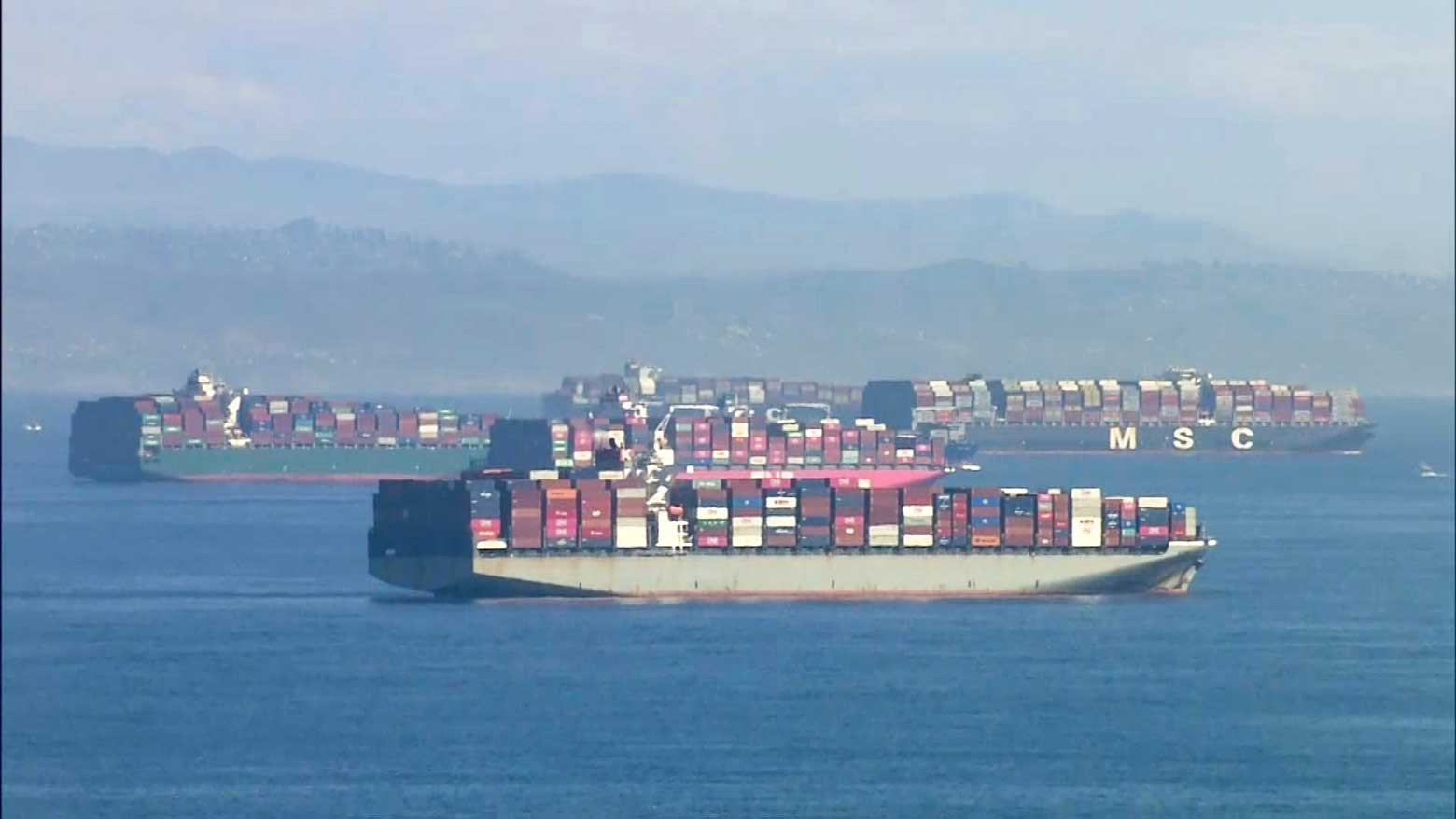The Port of Los Angeles and the neighboring Port of Long Beach are used to dealing with large numbers of ships. They see almost 40% of the containers that reach the US every year. But they've been overwhelmed this year, and authorities say it can currently take several days for a ship to even enter port.
Blame the pandemic. When the first cases of COVID-19 began to appear worldwide, maritime trade between Asia and the US slowed and there was a sharp decline in the number of container ships crossing the Pacific Ocean.
But when mayors and governors across the US began issuing stay-at-home orders, demand for goods such as computers, tablets and exercise equipment shot up. The trend accelerated during the holiday season and a flood of orders reached factories in Asia. And soon enough, a fleet of container ships arrived on the West coast bearing gifts. But the numbers have been too great for ports to handle, resulting in a logjam.

The docking delay means there is a shortage of containers returning to Asia, which has triggered a chain reaction. By mid-January, the cost of freight from China to North America was nearly three times what it was in the same period a year earlier.
Thai rice exporter Wonnapob, headquartered just outside Bangkok, sends about 80,000 tons of rice a year to countries including Australia, New Zealand and the United States. But the container shortage is seriously hampering their operations.
Executives at the firm say they've missed about 200 containers' worth of shipments since last autumn, and it may have cost them around $3.8 million so far. They also say even if they can secure containers, the surging fees have been eating into their profits.
Thailand's Board of Trade is estimating a container shortfall of 1.5 million units this year, according to The Bangkok Post. The government is trying to alleviate the problem by subsidizing the import of containers, empty or full, and searching for ones currently not in use at ports around the country. So far, it has found about 2,000.

Goto Hiromasa, a researcher with the Japan Maritime Center, says he expects government efforts like this to help resolve the container shortage in a few months. But he adds that if it continues for much longer, there could be more far-reaching economic consequences.
"I think it will be over by March or later, depending on the situation," he says. "But companies could start passing on the rising shipping costs to consumers."
And that would spell trouble for any post-pandemic economic recovery before it even got started.


